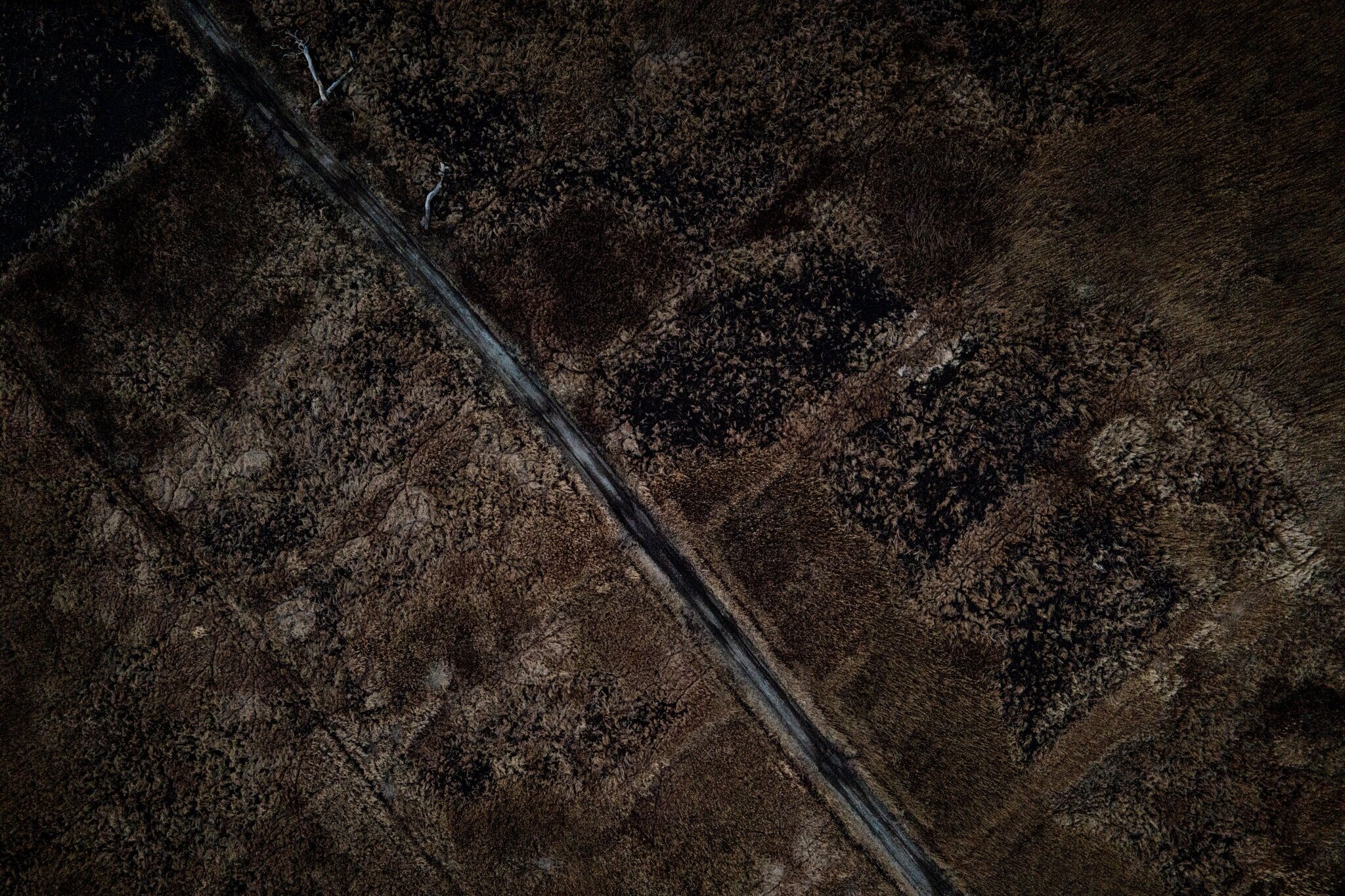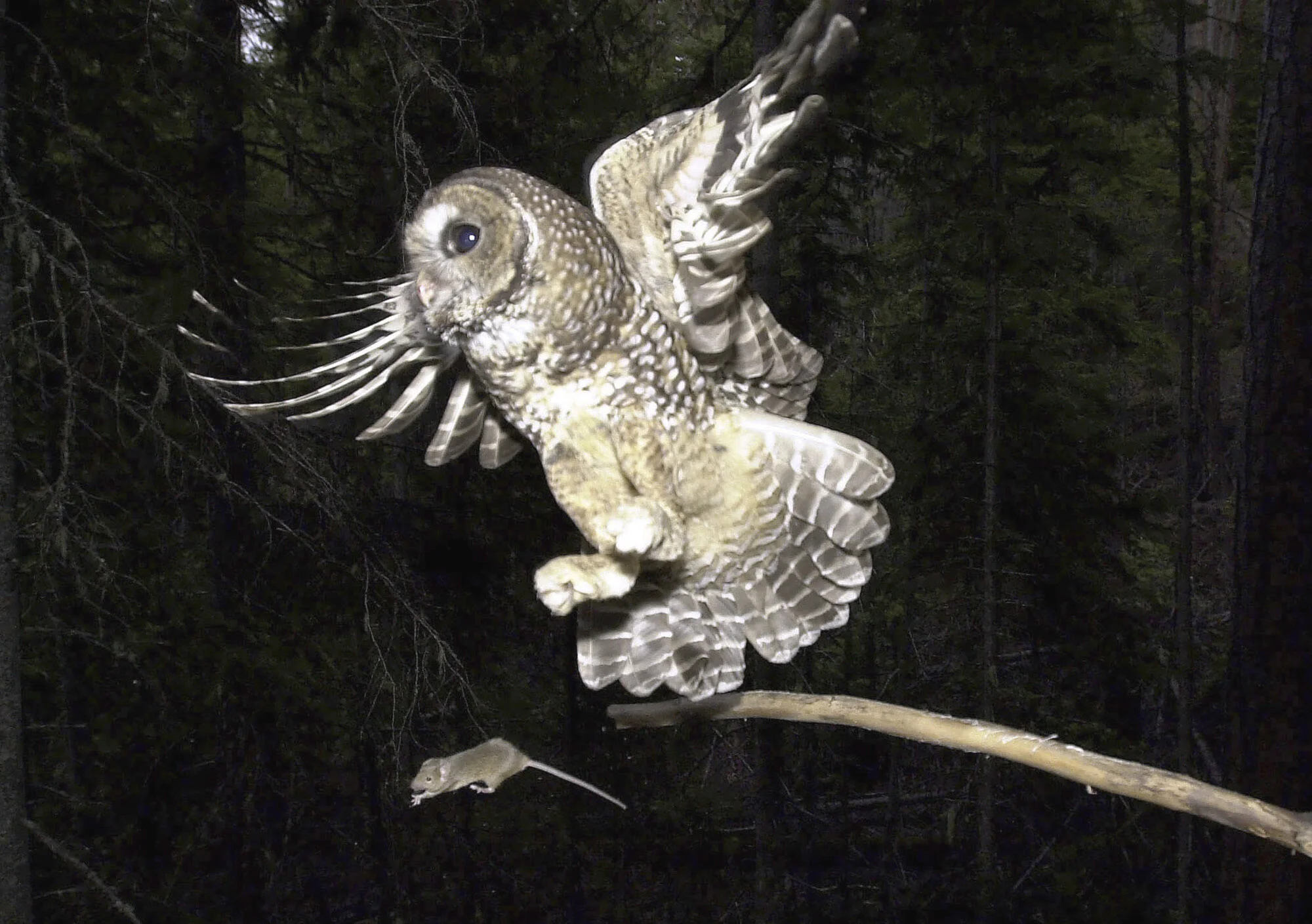
‘There’s No Town Left’: Fukushima’s Eerie Landscapes
Ten years after a devastating earthquake and tsunami led to a nuclear meltdown in northern Japan, residents are readjusting to places that feel familiar and hostile at once.
Ten years after a devastating earthquake and tsunami led to a nuclear meltdown in northern Japan, residents are readjusting to places that feel familiar and hostile at once.

(CN) — The Biden administration announced Friday it will delay the implementation of a rule that would dramatically cut the critical habitat of the northern spotted owl, the first step in the potential reversal of one of the final environmental rollbacks of the Trump administration.
One week before Inauguration Day, the U.S. Fish and Wildlife published a rule that eliminated about 3.5 million acres of land, mostly in Oregon, from federal protections. The reduction was massive, much larger than the approximately 280,000 acres the agency had proposed to withdraw in August 2020.
Now under the aegis of the Biden administration, Fish and Wildlife noted on Friday that the considerable difference between the proposed and final rule and the lack of public input on the matter was sufficient to pause the implementation of the rule.
“We are considering whether the public had appropriate notice in the proposed rule such that the determinations made in the final rule were a ‘logical outgrowth’ of the proposed rule,” the agency said in an unpublished rule. “We note that several members of Congress expressed concerns regarding the additional exclusions, among other concerns, which they identified in a Feb. 2, 2021, letter to the Inspector General of the Department of the Interior seeking review of the rule.”
…
Read full text here

The Trump Administration has cut designated critical habitat for the northern spotted owl by millions of acres in Oregon, Washington and California.
The U.S. Fish and Wildlife Service announced Wednesday that it would remove 3.4 million acres of critical habitat protections for the bird, including all of what’s known as the O&C Lands, which is big timber territory in Western Oregon.
It’s the latest jab at the northern spotted owl on the president’s way out the door.
The spotted owl is currently listed as threatened under the Endangered Species Act. The Fish and Wildlife Service has said the bird warrants uplisting to “endangered” because of continued population declines. The spotted owl population decreased approximately 3.8% annually rangewide from 1985 to 2013.
However, the agency refused to uplist the spotted owl at the end of last year, saying other species took higher priority. That decision is facing a legal challenge led by the Center for Biological Diversity.
…
Read full article here
Could there ever be justice for someone like Berta in a country like Honduras, where impunity reigns supreme?
Rural communities in Oregon paid millions of dollars for clean, safe drinking water because the state didn’t protect their watersheds from logging-related contamination.
Just when we thought octopuses couldn't be any weirder, it turns out that they and their cephalopod brethren evolve differently from nearly every other organism on the planet.
Felix Vasquez, a defender of environmental and human rights, was attacked by masked men and killed in front of his children
Health impact is unknown but scientists say particles may cause long-term damage to foetuses
"If nothing else does it, this should make you passionate about climate change."
Internal emails show a tax-funded agency created to educate people about forestry has acted as a public-relations agency and lobbying arm for Oregon's timber industry, in some cases skirting legal constraints that forbid it from doing so.
Like future Olympic Games, the first nuclear fusion power plant site is being chosen a decade in advance.
Humans have broken our planet with ‘suicidal war’ on nature, UN chief warns – with ‘apocalyptic fires, floods, and cyclones’ becoming the new normal
Prince Harry’s lofty wish is for every person to be the “raindrop that falls from the sky and relieves the parched ground.” Is that so much to ask?
Climate change is making people sick and leading to premature death, according to a pair of influential reports on the connections between global warming and health.
After four years of Trump, protected places such as national monuments and wildlife refuges have opened to oil drilling, new maps show – with more on the way
The Trump administration on Friday advanced its plans to cut federal protections that critics argue will be severely detrimental to the U.S. bird population.
The fires sweeping across millions of acres in California aren’t just incinerating trees and houses. They’re also filling the lungs of California’s children with smoke, with potentially grave effects over the course of their lives.
Wall Street investment funds took control of Oregon’s private forests. Now, wealthy timber corporations reap the benefits of tax cuts that have cost rural counties billions.
The CO2 increase in the atmosphere over the last century or so has equaled comparable amounts of increase that may have occurred over several thousand years during the massive eruption episodes in the geologic past that caused major extinctions.
Officials aim to sell drilling rights to the pristine wilderness’s coastal plain before the president-elect takes office
Starting Tuesday, oil and gas companies can pick which parts of the Arctic National Wildlife Refuge’s coastal plain they’re interested in drilling.
Russia has no plans to end its contribution to climate change before the end of the century and is aggressively expanding Arctic gas production for the Asian market
Plastic pollution is ubiquitous today, with microplastic particles from disposable goods found in natural environments throughout the globe, including Antarctica. But how those particles move through and accumulate in the environment is poorly understood.
Couple finds areas that once required ice-breaking ship have become open water
Svalbard, Norway, is home to the world’s doomsday seed vault because it’s so cold. But the climate crisis is changing that calculation.
Thanks to climate change, though, traffic along the Northeast Passage is heating up—especially traffic in a product that could itself accelerate Arctic ice melt.
In the next few decades, scientists expect we’ll see an ice-free Arctic Ocean throughout the summer. That prospect got much closer in 2020, due in part to the exceptional summer heatwave that roiled the Russian Arctic.
Scientists in northern Russia have discovered a huge walrus haulout on the shores of the Kara Sea where their habitat is under threat from shrinking ice and human activity.
To what extent are China’s challenges to maritime order in the South China Sea a signal for how it will approach the Arctic?
The Southern Beaufort Sea population of polar bears is listed as threatened under the Endangered Species Act. This population — of about 900 — is among the most imperiled polar bear population on the planet, and it has declined about 50% in the last three decades.